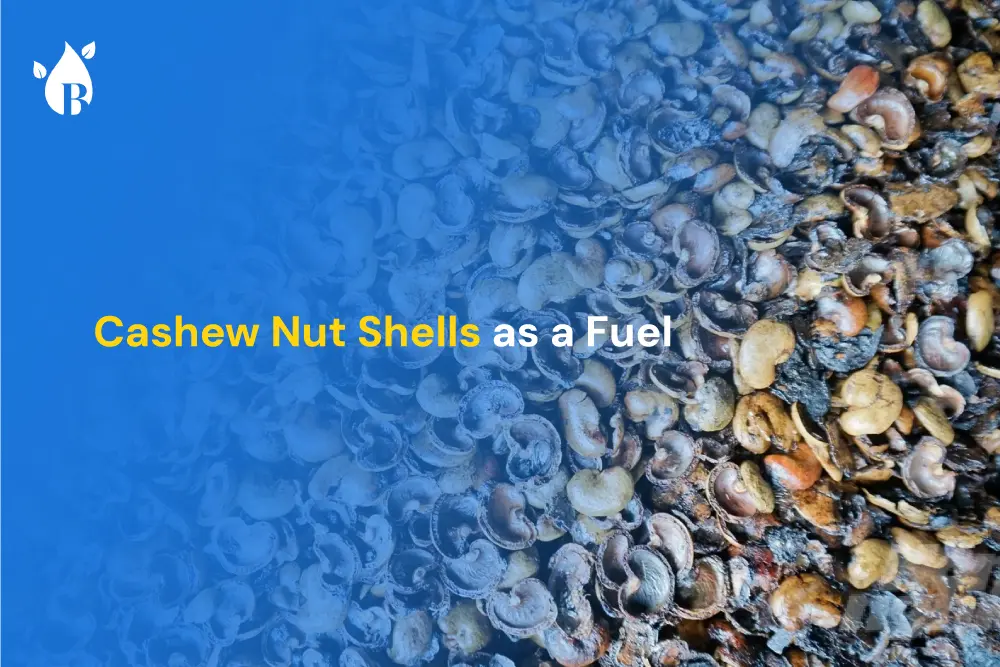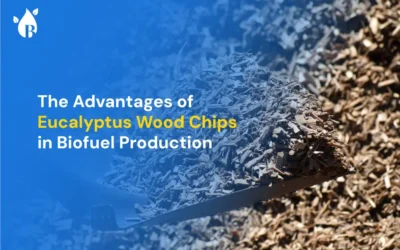
Cashew nut shells, often considered waste in the cashew processing industry, hold untapped potential as a fuel source. Comprising 32.5% nut and 67.5% shell, with the nut being edible and the shell typically discarded, the focus is shifting towards utilizing this biomass for energy production. Both cashew nut shell oil (CNSL) and cashew nut shell cake are valuable by-products of the shell, contributing to the potential energy value.
High Calorific Value of Cashew Shells
One of the striking features of cashew nut shells is their high calorific value, boasting 4800 Kcal/kg, surpassing many traditional biomass fuels like groundnut shell, firewood, wood chips, mustard straw, and rice husk. This high energy content makes cashew shell biomass an attractive alternative for industries looking to reduce reliance on conventional fuels like coal.
The Benefits of Cashew Nut Shell Oil (CNSL)
In addition to their energy potential, cashew nut shells contain 15-25% of cashew nut shell oil (CNSL), a dark reddish-brown viscous liquid rich in phenols. CNSL serves as a natural, cost-effective source of phenol, finding applications in industries like paints, brake linings, epoxy resins, and rubber compounding resins. The oil extracted from cashew nut shells can be used as fuel in certain industrial processes, further reducing waste and promoting sustainability.
Utilizing Cashew Nut Shell Cake
After extracting CNSL, the remaining solid residue, known as cashew nut shell cake, can also be used as a biomass fuel. This cashew shell cake is a valuable by-product that can be used in boilers, providing an additional energy source while minimizing waste from the cashew processing industry.
Challenges in Cashew Shell Combustion
Despite their promising attributes, the combustion of cashew nut shells, cashew nut shell oil, and cashew nut shell cake presents several challenges that need to be addressed before widespread adoption:
- Refractory Brick Degradation: The high phenol content can accelerate the degradation of refractory bricks used in industrial furnaces.
- Corrosive and Toxic Fumes: CNSL generates corrosive and toxic fumes, harmful to both equipment and personnel.
- Black Smoke Emissions: Incomplete combustion of CNSL leads to the emission of black smoke, which contributes to air quality issues.
- Handling and Feeding Challenges: CNSL’s viscous nature can clog fuel delivery systems, requiring specialized storage and handling protocols.
Addressing these challenges requires technological advancements in combustion systems, proper emission control measures, and efficient handling and storage protocols for CNSL.
The Future of Cashew Shell as Fuel
While cashew shell biomass and its by-products offer a promising avenue for renewable energy, their use as a fuel source requires careful planning and technological innovation. With ongoing research and innovation, cashew nut shell oil, cashew nut shell cake, and cashew shell could contribute significantly to a more sustainable energy landscape.
Frequently Asked Questions:
Can we use cashew nut shell oil as fuel?
What are cashew nut shells used for?
Cashew nut shells have various uses, including:
Fuel: Cashew nut shell oil can be extracted and processed into biofuel for use in engines and generators.
Industrial Applications: The shells are used in industrial processes, such as in the production of lubricants, paints, varnishes, and brake linings.
Animal Feed: They can be used as a component in animal feed, particularly for livestock like poultry and pigs.
Biomass: Cashew nut shells can also be used as biomass fuel for heating and cooking in some regions.
Waste Management: They are utilized in waste management processes, such as composting and as a source of energy in waste-to-energy plants.
Can you burn cashew nut shells?
What is the use of cashew nut shell ash?
Cashew nut shell ash has several uses, including:
Agricultural Fertilizer: It is rich in nutrients like potassium, phosphorus, and calcium, making it suitable as a natural fertilizer for plants.
Dye Fixative: It is used in textile industries as a fixative for natural dyes, improving color fastness in fabrics.
Water Treatment: Cashew nut shell ash can be used in water treatment processes to remove impurities and improve water quality.
Metal Treatment: It is sometimes used in metallurgical processes for metal treatment and as a flux in welding applications.
Pharmaceuticals: In traditional medicine, cashew nut shell ash is used for its antimicrobial properties and as an ingredient in certain medicinal formulations.
Construction Materials: It can be used as a filler or additive in the production of concrete, bricks, and ceramics.
Overall, cashew nut shell ash is a versatile material with various industrial, agricultural, and medicinal applications.



